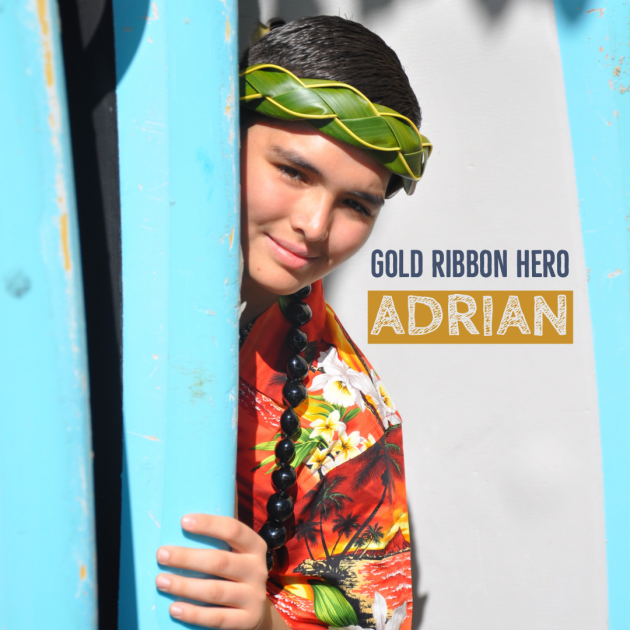 Meet Adrian, a shark and travel enthusiast that was diagnosed with Pituitary Germinoma at the age of 16.
Meet Adrian, a shark and travel enthusiast that was diagnosed with Pituitary Germinoma at the age of 16.
Adrian’s symptoms started in August 2017 when he was complaining of frequent headaches accompanied by nausea and vomiting. In October 2017, an MRI was taken of his brain revealing a mass in his pituitary region which compressed his left optic nerve.
On November 10, 2017, Adrian underwent his first brain surgery to remove the top portion of his tumor however the rest of the mass was not able to be removed. The top portion of the tumor was sent to the lab revealing Intracranial Pituitary Germinoma. Just 12 days later, Adrian was sent back into brain surgery to remove built up fluid on his brain.
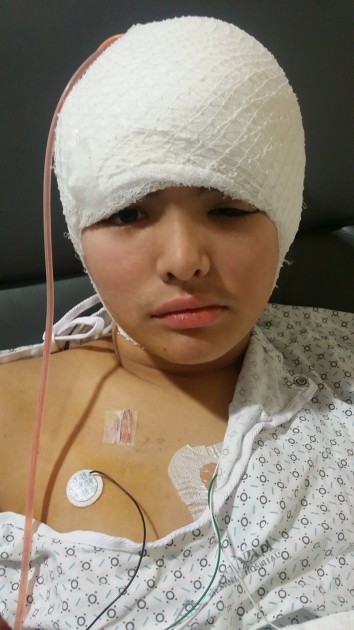
Adrian’s mom, Veronica said “we were already devastated seeing him come out of a brain surgery. We were so nervous, but once we heard it was actually cancer, I cannot put it into words the devastation, fear, anger and a million feelings/thoughts/emotions we experienced. As a parent, it is the most devastating thing to hear that your child has cancer.”
Adrian began his first round of chemotherapy leaving him very weak. Three weeks later, he started his second round of therapy. In total, Adrian completed four rounds of chemotherapy and followed with 21 days of radiation.
Through all of the treatments, Adrian did not complain about his pain or struggles. Cancer gave Adrian a new outlook on life and his hope is that all affected with cancer around the world are cured of cancer and can live fulfilling and happy lives.
Adrian was awarded two separate trips which ultimately brought the family closer together in their journey. On his wish trip, Adrian was able to go shark diving, cave diving, and swim with the dolphins. “It allowed us to live in the moment with one another, something that we hadn’t really done because we would always anticipate every appointment, every chemo cycle, every surgery. It was something we were always anticipating, whether it was his health, we were always worrying. It just gave us just that hope to look forward to the future and not think about those things,” explained Veronica.
Adrian is now 18, and thriving as a survivor. He is currently being monitored by oncology every three months and is on hormone replacement therapy for his pituitary gland. Please join us in sending well wishes to Adrian and his family!
For more information about childhood cancer please visit: https://www.acco.org
Nominate your Gold Ribbon Hero here: https://www.acco.org/gold-ribbon-heroes/



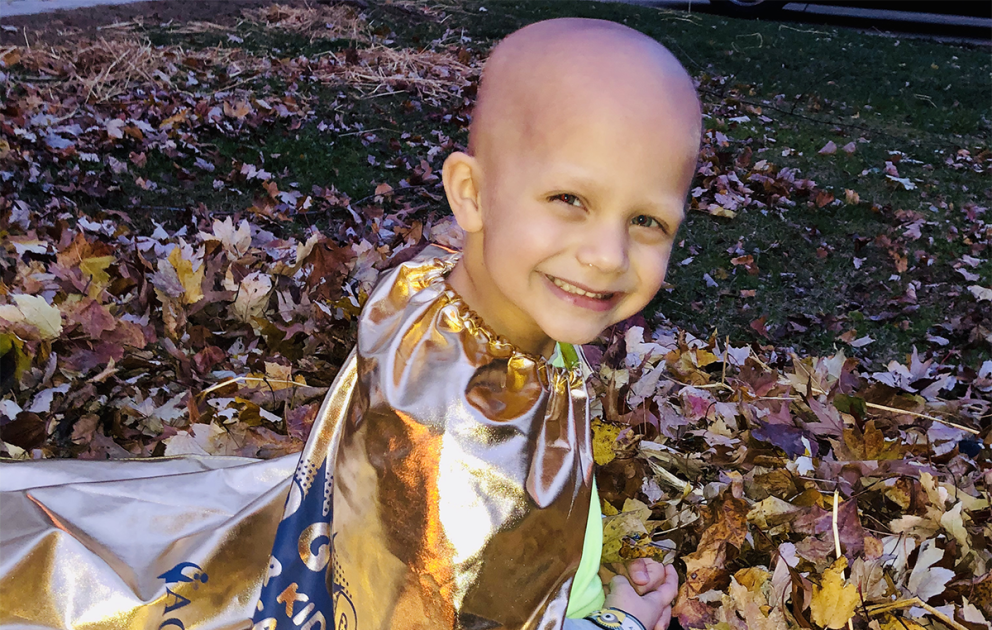
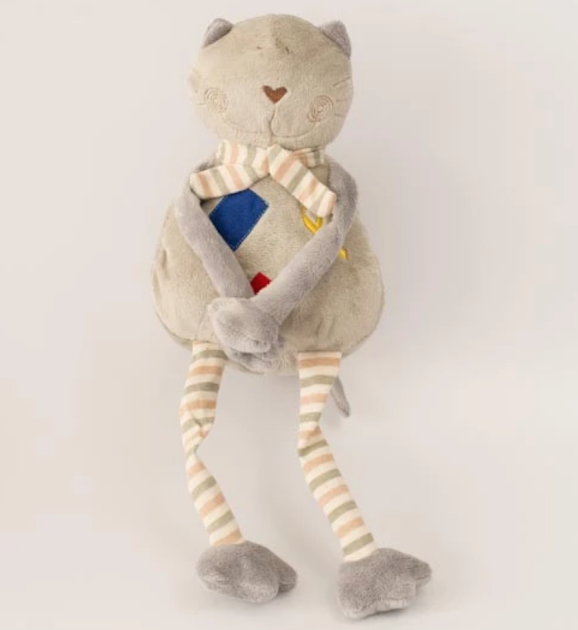 Every child loves a warm, fuzzy, stuffed friend and Cozy can be an extra special friend for your child during this holiday season. Ideal for keeping your child company, Cozy is also a special teaching tool designed to help children cope with the many procedures common during treatment. Especially when paired with our inspiring Color-Me Cozy coloring book, Cozy is the perfect gift for a child in treatment, for a sibling or friend of a childhood cancer warrior, or just for that special child who loves to hug a furry friend! Order
Every child loves a warm, fuzzy, stuffed friend and Cozy can be an extra special friend for your child during this holiday season. Ideal for keeping your child company, Cozy is also a special teaching tool designed to help children cope with the many procedures common during treatment. Especially when paired with our inspiring Color-Me Cozy coloring book, Cozy is the perfect gift for a child in treatment, for a sibling or friend of a childhood cancer warrior, or just for that special child who loves to hug a furry friend! Order 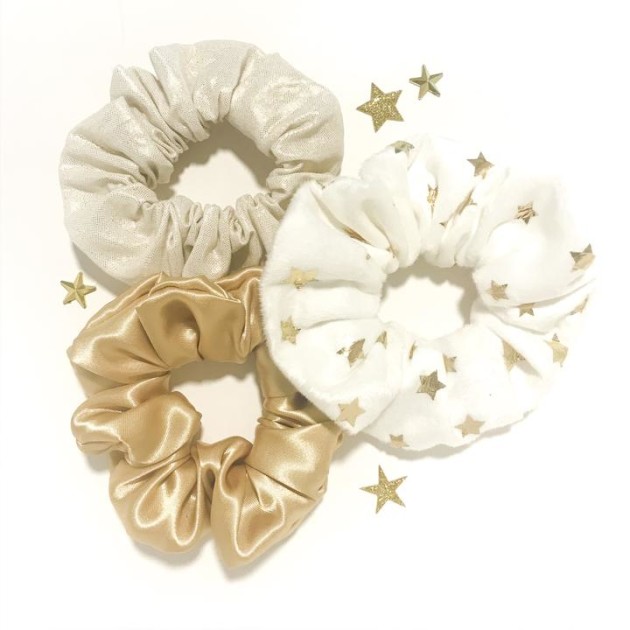



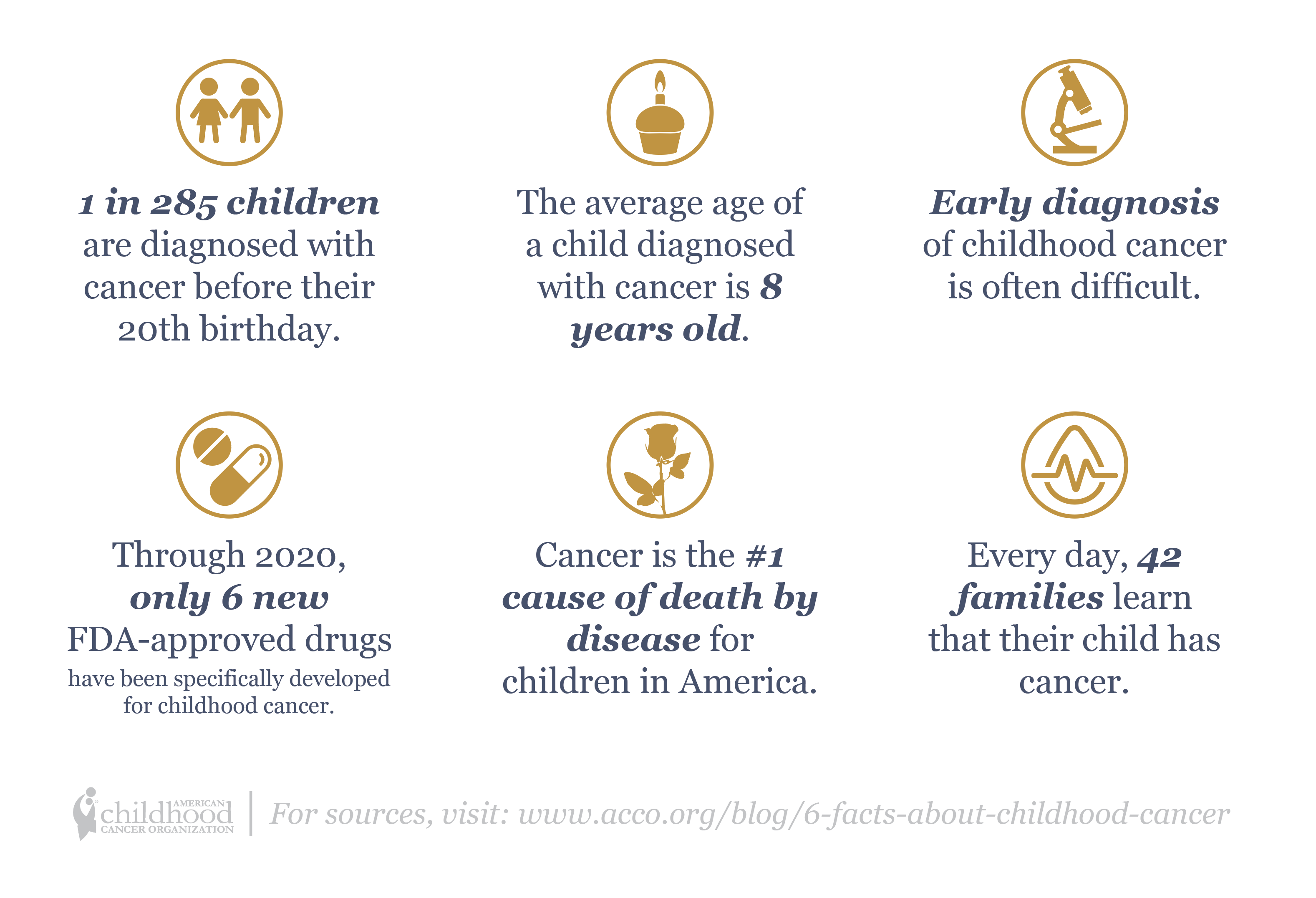
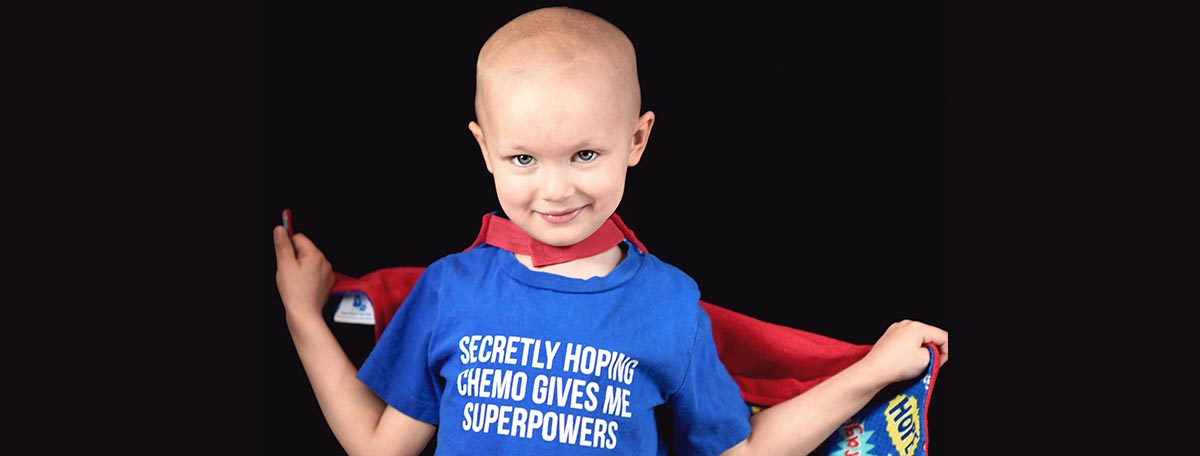
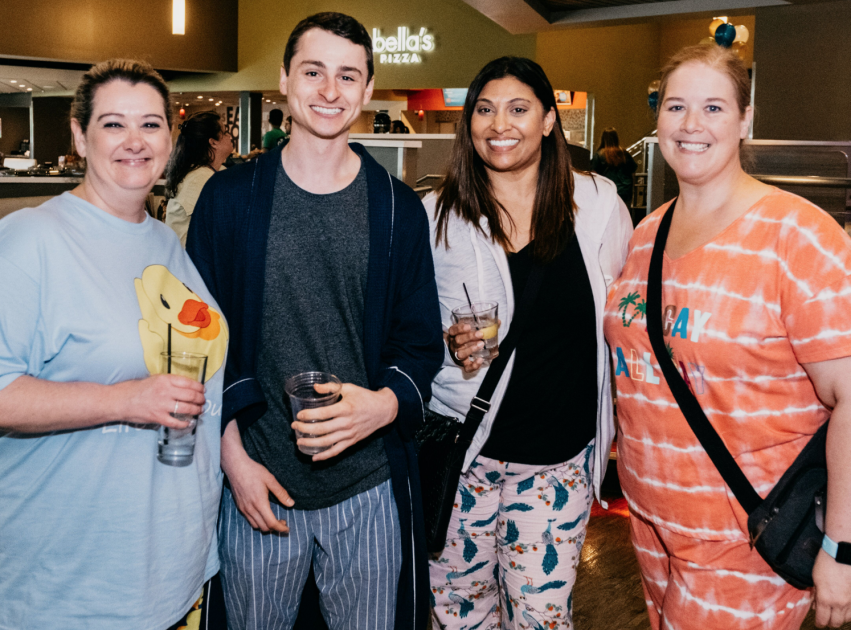
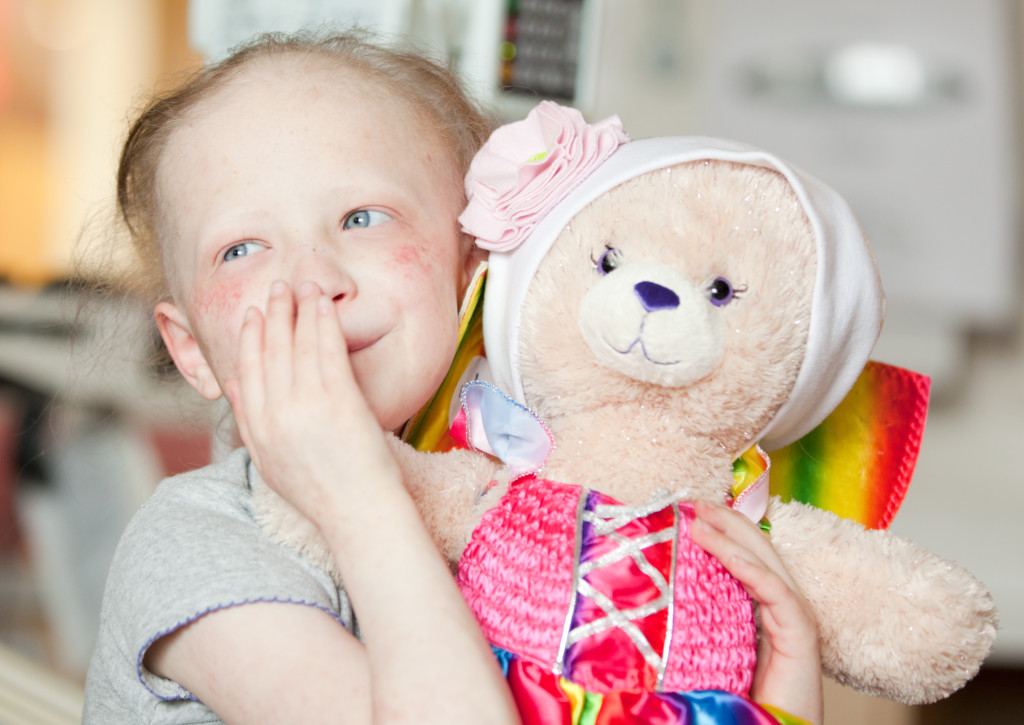 These general statistics are interesting but of course the most important statistic for many people is the long-term survival rate for children with NHL. In other words, most people want to know “what is the expected life span of someone with Non-Hodgkin Lymphoma?” Generally speaking, oncologists don’t talk about “curing” childhood cancer; instead, they utilize something called the 5-year survival rate. This key statistic refers to the percentage of children who are still alive five years after their treatment is complete. For most children with NHL, this type of cancer is unlikely to return once a child has been “cancer free” for five years (although this does not address the risk of secondary cancers stemming from the original cancer treatment).
These general statistics are interesting but of course the most important statistic for many people is the long-term survival rate for children with NHL. In other words, most people want to know “what is the expected life span of someone with Non-Hodgkin Lymphoma?” Generally speaking, oncologists don’t talk about “curing” childhood cancer; instead, they utilize something called the 5-year survival rate. This key statistic refers to the percentage of children who are still alive five years after their treatment is complete. For most children with NHL, this type of cancer is unlikely to return once a child has been “cancer free” for five years (although this does not address the risk of secondary cancers stemming from the original cancer treatment).
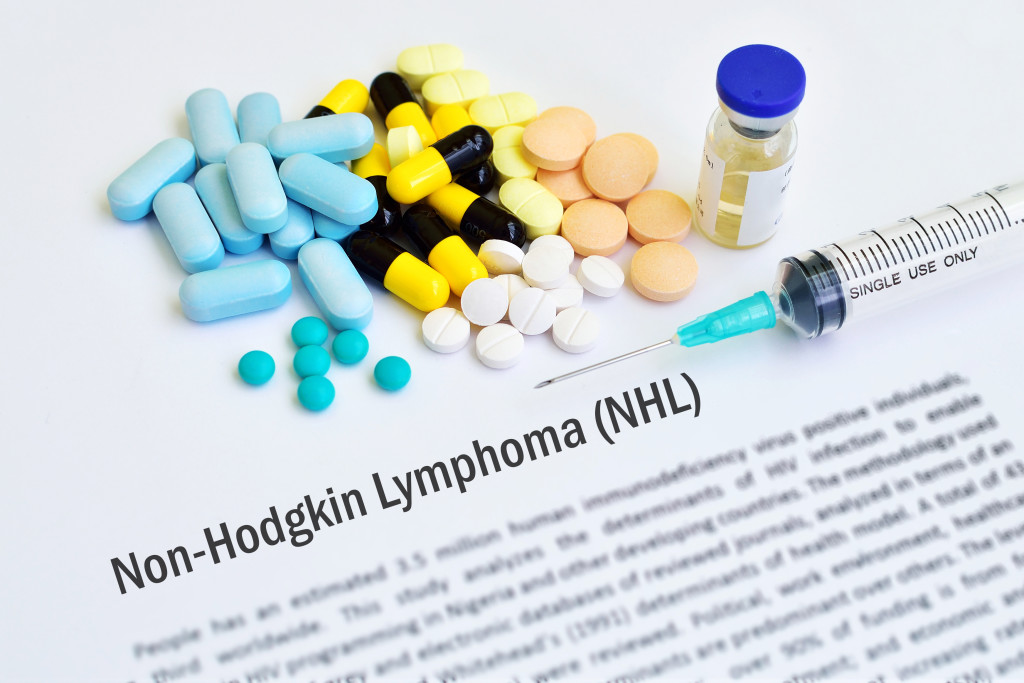 Non-Hodgkin Lymphoma (NHL) forms within the body’s immune system, specifically within a type of white blood cell called a lymphocyte (B cells or T cells). Although there are three distinct types of NHL in children, there are two common characteristics of this particular form of cancer that must be taken into account when developing an appropriate treatment plan. First, NHL in children is almost always considered “high grade”, meaning that it is likely to grow quickly and aggressively. Second, NHL in children is considered diffuse, meaning it is likely to be found throughout the body. Because of these two characteristics, most oncologists start with the assumption that there are more cancerous cells present than can be detected with imaging and blood tests.
Non-Hodgkin Lymphoma (NHL) forms within the body’s immune system, specifically within a type of white blood cell called a lymphocyte (B cells or T cells). Although there are three distinct types of NHL in children, there are two common characteristics of this particular form of cancer that must be taken into account when developing an appropriate treatment plan. First, NHL in children is almost always considered “high grade”, meaning that it is likely to grow quickly and aggressively. Second, NHL in children is considered diffuse, meaning it is likely to be found throughout the body. Because of these two characteristics, most oncologists start with the assumption that there are more cancerous cells present than can be detected with imaging and blood tests.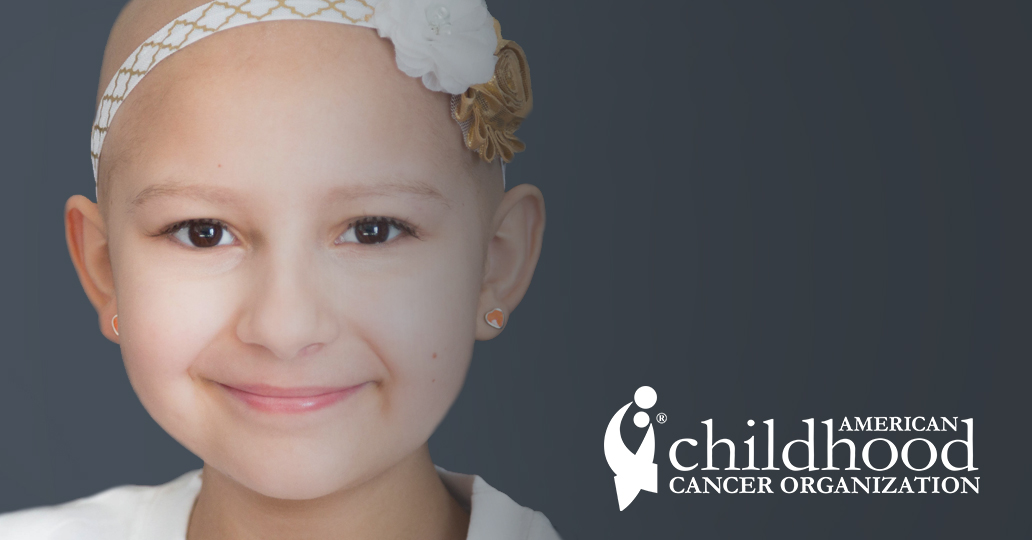 So here at ACCO, we continue our multifaceted efforts to empower childhood cancer families and give childhood cancer warriors a voice across the country and around the globe!
So here at ACCO, we continue our multifaceted efforts to empower childhood cancer families and give childhood cancer warriors a voice across the country and around the globe!